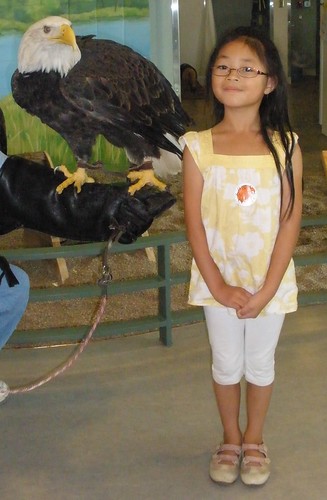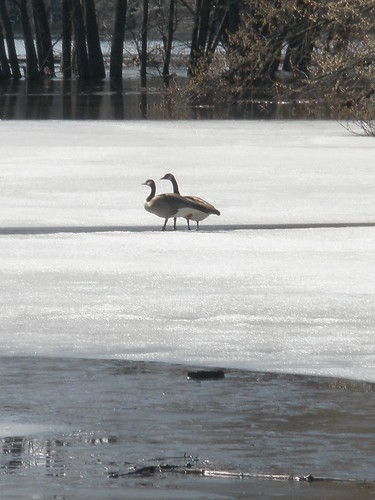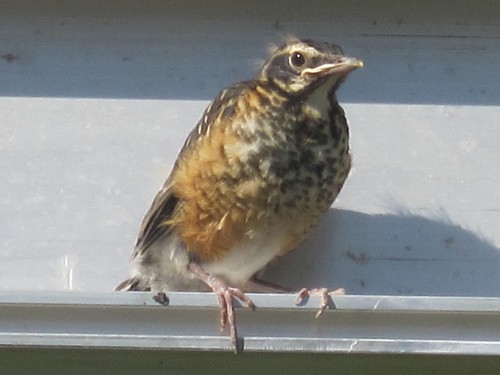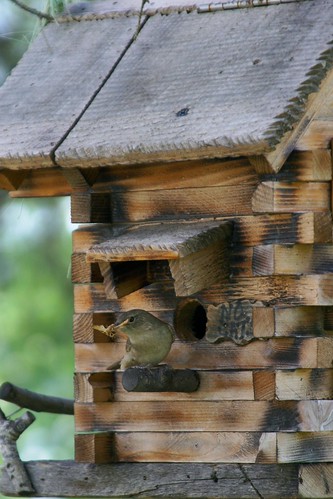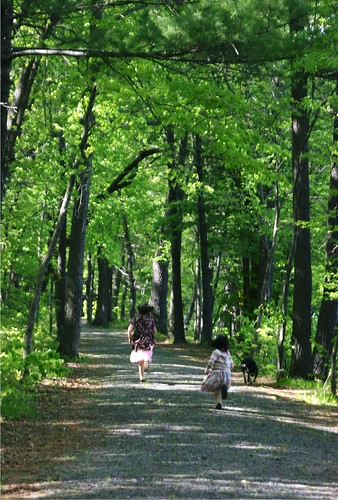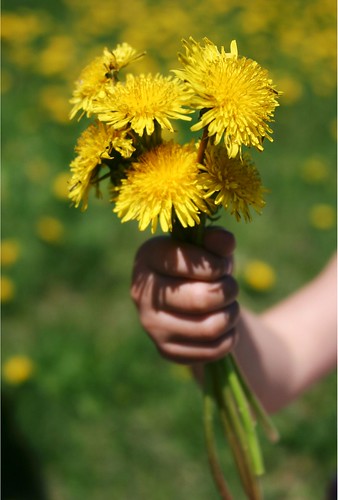This month we have focused on learning more about James Whitcomb Riley (October 7, 1849 – July 22, 1916) who was as an American poet, writer, and best selling author.
During his lifetime, Riley he was known as the "Hoosier Poet" and "Children's Poet" for his dialect works and his children's poetry respectively. His poems were sentimental or humorous, and of the approximately one thousand poems that Riley authored, the majority are in dialect. His famous works include "Little Orphant Annie" and "The Raggedy Man."
Riley began his career writing verses as a sign maker and submitting poetry to newspapers. Because of an endorsement from poet Henry Wadsworth Longfellow, he was rewarded with jobs at Indiana newspaper publishers during the late-1870s.
Riley gradually rose in prominence during the 1880s through his poetry reading tours. He went on a touring circuit first in the Midwest, and then nationally, holding shows and making appearances on stage with other famous talents.
Riley never married or had children. Following the death of his father in 1894, Riley began regretting his choice not to marry or have children. To compensate for the lack of his own children, he became a doting uncle, providing his nieces and nephews with a generous amount of gifts.
Because of his generosity towards his widowed sister-in-law, their daughters, and his nephew and new wife, Riley was well loved by his family. Riley returned to live near Indianapolis later in 1893, living in a private home in a small suburb. He developed a close friendship with his landlords, the Holstein and Nickum families. The home became a destination for local schoolchildren to whom Riley would regularly tell stories and recite poetry.
Riley compiled his poems of most interest to children into a new book entitled
Rhymes of Childhood. This book became his best-selling book, and sold millions of copies. It has remained in print continually since 1912, and helped earn Riley the nickname the "Children's Poet."
Below are six poems that Sophia and Olivia listened to and their reactions to them:
Little Orphant Annie
Inscribed, with All Faith and Affection:
To all the little children:--the happy ones; and sad ones;
The sober and the silent ones; the boisterous and glad ones;
The good ones--Yes, the good ones, too; and all the lovely bad ones.
Little Orphant Annie's come to our house to stay,
An' wash the cups an' saucers up, an' brush the crumbs away,
An' shoo the chickens off the porch, an' dust the hearth, an' sweep,
An' make the fire, an' bake the bread, an' earn her board-an'-keep;
An' all us other children, when the supper-things is done,
We set around the kitchen fire an' has the mostest fun
A-list'nin' to the witch-tales 'at Annie tells about,
An' the Gobble-uns 'at gits you
Ef you
Don't
Watch
Out!
Wunst they wuz a little boy woudn't say his prayers,--
An' when he went to bed at night, away up-stairs,
His Mammy heerd him holler, an' his Daddy heerd him bawl,
An' when they turn't the kivvers down, he wuzn't there at all!
An' they seeked him in the rafter room, an' cubby-hole, an' press,
An' seeked him up the chimbly-flue, an' ever'-wheres, I guess;
But all they ever found wuz thist his pants an' roundabout:--
An' the Gobble-uns 'll git you
Ef you
Don't
Watch
Out!
An' one time a little girl 'ud allus laugh an' grin,
An' make fun of ever' one, an' all her blood-an'-kin;
An' wunst, when they was "company," an' ole folks wuz there,
She mocked 'em an' shocked 'em, an' said she didn't care!
An' thist as she kicked her heels, an' turn't to run an' hide,
They wuz two great big Black Things a-standin' by her side,
An' they snatched her through the ceilin' 'fore she knowed what she's about!
An' the Gobble-uns 'll git you
Ef you
Don't
Watch
Out!
An' little Orphant Annie says, when the blaze is blue,
An' the lamp-wick sputter, an' the wind goes woo--oo!
An' you hear the crickets quit, an' the moon is gray,
An' the lightnin'-bugs in dew is all squenched away,--
You better mind yer parunts, an' yer teachurs fond an' dear,
An' cherish them 'at loves you, an' dry the orphant's tear,
An he'p the pore an' needy ones 'at clusters all about,
Er the Gobble-uns 'll git you
Ef you
Don't
Watch
Out!
Sophia thought: The grammar wasn't great...that's what made it cute. I liked the part about how if you don't watch out the goblins will get you. I actually really liked this one. It wasn't hard to understand. It was meant for kids. When I think of this poem, I think of bright colors for some reason.
Olivia thought: It was good I guess. It was a poem you could say to little kids who would really freak out. Or a poem you'd say at Halloween. I liked the beginning part when he talked about when Annie came and did a lot of stuff around the house.
*~*~*~*~*~*~*~*~*~*
The Bumblebee
You better not fool with a Bumblebee!--
Ef you don't think they can sting--you'll see!
They're lazy to look at, an' kind o' go
Buzzin' an' bummin' aroun' so slow,
An' ac' so slouchy an' all fagged out,
Danglin' their legs as they drone about
The hollyhawks 'at they can't climb in
'Ithout ist a-tumble-un out ag'in!
Wunst I watched one climb clean 'way
In a jimson-blossom, I did, one day,--
An' I ist grabbed it--an' nen let go--
An' "Ooh-ooh! Honey! I told ye so!"
Says The Raggedy Man; an' he ist run
An' pullt out the stinger, an' don't laugh none,
An' says: "They has be'n folks, I guess,
'At thought I wuz predjudust, more er less,--
Yit I still muntain 'at a Bumblebee
Wears out his welcome too quick fer me!"
Sophia thought: I didn't like this one quite as much, though I did like the beginning part about how you can't mess around with a bumblebee. I can see one of us doing that - picking up the bumblebee and getting stung...like Mom!
Olivia thought: It was funny, but then towards the end it got a little confusing. I definitely liked the beginning because that's something that Dad would never do. He doesn't like bumblebees or wasps...or anything that really stings.
*~*~*~*~*~*~*~*~*~*
A Barefoot Boy
A barefoot boy! I mark him at his play--
For May is here once more, and so is he,--
His dusty trousers, rolled half to the knee,
And his bare ankles grimy, too, as they:
Cross-hatchings of the nettle, in array
Of feverish stripes, hint vividly to me
Of woody pathways winding endlessly
Along the creek, where even yesterday
He plunged his shrinking body--gasped and shook--
Yet called the water "warm," with never lack
Of joy. And so, half enviously I look
Upon this graceless barefoot and his track,--
His toe stubbed--ay, his big toe-nail knocked back
Like unto the clasp of an old pocketbook.
Sophia thought: It didn't really have a point. I didn't like it. I think this one is one of the bottom ten of all the poems I've heard. When I heard it, I didn't really see any color in it. I pictured the boy in overalls in the 1900s.
Olivia thought: It was interesting - if that's the right word for it. It wasn't my favorite one because it was strange. It didn't really make any sense to me.
*~*~*~*~*~*~*~*~*~*
There Was a Cherry-Tree
There was a cherry-tree. Its bloomy snows
Cool even now the fevered sight that knows
No more its airy visions of pure joy--
As when you were a boy.
There was a cherry-tree. The Bluejay sat
His blue against its white--O blue as jet
He seemed there then!--But now--Whoever knew
He was so pale a blue!
There was a cherry-tree--our child-eyes saw
The miracle:--Its pure white snows did thaw
Into a crimson fruitage, far too sweet
But for a boy to eat.
There was a cherry-tree, give thanks and joy!--
There was a bloom of snow--There was a boy--
There was a bluejay of the realest blue--
And fruit for both of you.
Sophia thought: I thought it was something you could see or hear in a child's poetry book - the picture of cherry tree and the blue jay. For some reason, it reminds me a little of Johnny Appleseed. I don't know why. Maybe the cherries make me think of apples. Also when I think about cherry trees I think about the one we planted for Noni that never did well and never produced a cherry.
Olivia thought: It was good. I liked the blue jay part because I like blue jays. I could imagine a blue jay sitting the cherry tree.
*~*~*~*~*~*~*~*~*~*
The First Bluebird
Jest rain and snow! and rain again!
And dribble! drip! and blow!
Then snow! and thaw! and slush! and then
Some more rain and snow!
This morning I was 'most afeard
To wake up when, I jing!
I seen the sun shine out and heerd
The first bluebird of Spring!
Mother she'd raised the winder some;
And in acrost the orchurd come,
Soft as a angel's wing,
A breezy, treesy, beesy hum,
Too sweet fer anything!
The winter's shroud was rent a-part
The sun bust forth in glee,
And when that bluebird sung, my hart
Hopped out o' bed with me!
Sophia thought: This was kind of bouncy. It wasn't something that I normally would listen to. It was so bright and cheerful. It wasn't my favorite...definitely. Also, it was kind of hard to understand in some parts when there's bad grammar.
Olivia thought: I liked it. At the beginning it talked a lot about the weather and how the person was startled with the sun. It was definitely interesting. I couldn't picture the bluebird.
*~*~*~*~*~*~*~*~*~*
The Pixy People
It was just a very
Merry fairy dream!
All the woods were airy
With the gloom and gleam;
Crickets in the clover
Clattered clear and strong,
And the bees droned over
Their old honey-song.
In the mossy passes,
Saucy grasshoppers
Leapt about the grasses
And the thistle-burrs;
And the whispered chuckle
Of the katydid
Shook the honeysuckle
Blossoms where he hid.
Through the breezy mazes
Of the lazy June,
Drowsy with the hazes
Of the dreamy noon,
Little Pixy-people
Winged above the walk,
Pouring from the steeple
Of a mullein-stalk.
One-a gallant fellow
Evidently King,
Wore a plume of yellow
In a jewelled ring
On a pansy bonnet,
Gold and white and blue,
With the dew still on it,
And the fragrance, too.
One-a dainty lady,
Evidently Queen
Wore a gown of shady
Moonshine and green,
With a lace of gleaming
Starlight that sent
All the dewdrops dreaming
Everywhere she went.
One wore a waistcoat
Of roseleaves, out and in,
And one wore a faced-coat
Of tiger-lily-skin;
And one wore a neat coat
Of palest galingale';
And one a tiny street-coat,
And one a swallow-tail.
And Ho! sang the King of them,
And Hey! sang the Queen;
And round and round the ring of them
Went dancing o'er the green;
And Hey! sang the Queen of them,
And Ho! sang the King
And all that I had seen of them
-Wasn't anything!
It was just a very
Merry fairy dream!
All the woods were airy
With the gloom and gleam;
Crickets in the clover
Clattered clear and strong,
And the bees droned over
Their old honey-song!
Sophia thought:It kind of reminds me of The Secret Garden and the "Mary Mary Quite Contrary" song that was sung. It's a kind of garden that we could never grow. I like the image of the king and queen.
Olivia thought: It kind of reminded me of Tinkerbell that was a Queen that was yellow and made out of pixie dust. The "Merry Fairy" reminded me of Mary who was in charge of the "Tinker Fairies" in Pixie Hollow.
*~*~*~*~*~*~*~*~*~*

























